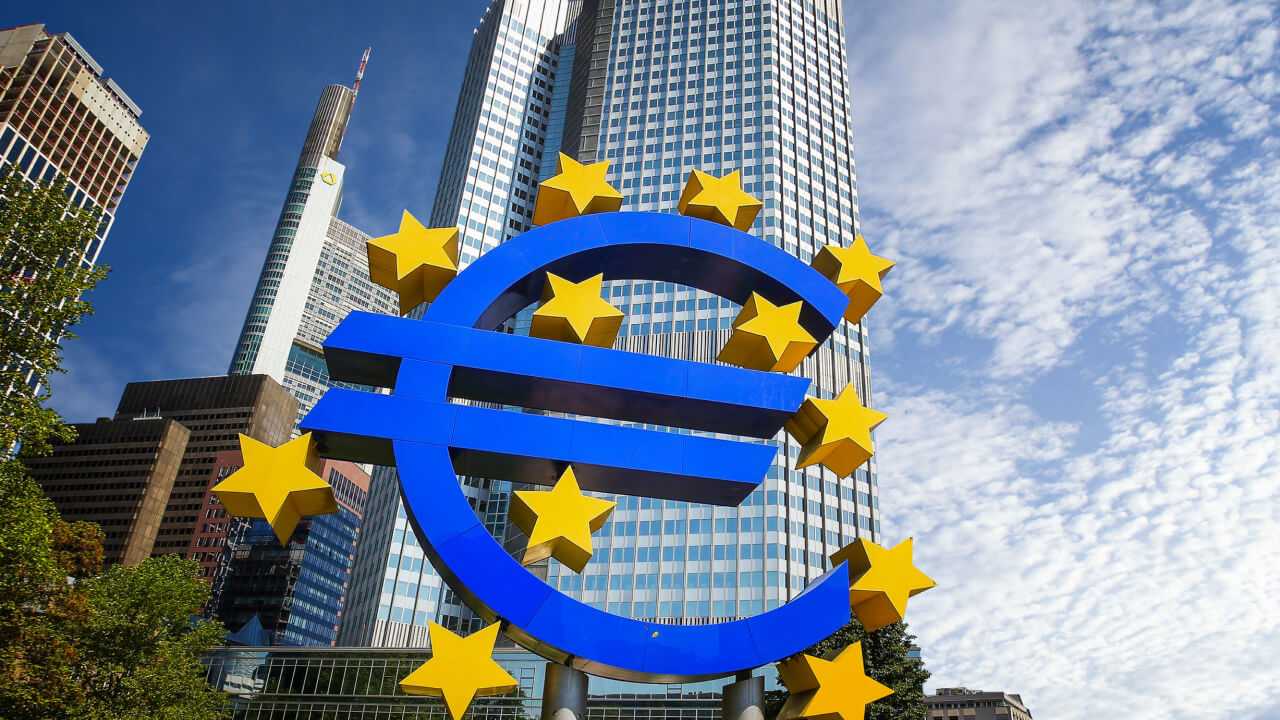The future of fashion is digital. The dilemma: will blockchain be involved, yes or no? All the most famous brands are converting to the combination of NFTs and fashion!
For fashion brands, the Metaverse is proving to be an opportunity to experiment with expressive languages and to think up new products. More and more brands are developing digital collections, including Zara, Lacoste, Adidas and Gucci. However, not all of them choose to make digital fashion on blockchain: The Metaverse has different forms and can be centralised or decentralised. This duplicity also describes two different ways of understanding digital fashion. For some companies, such as Meta, virtual fashion is not in the form of NFT while for others, such as The Fabricant, digital fashion is to be built on a blockchain. Let’s take a look at these two different approaches to digital fashion!
Meta: a Metaverse dressed in Balenciaga, Prada and Thom Browne
Mark Zuckerberg, CEO of Meta (formerly Facebook), announced a few days ago during a live broadcast on Instagram that the digital clothing boutique ‘Avatar Store’ for the Metaverse ‘Horizon Worlds’ is about to open. The launch will be celebrated by partnering with some high fashion brands namely Balenciaga, Prada and Thom Browne. “I’m really grateful and proud that these brands are joining us to kick-start fashion in the Metaverse,” Zuckerberg said. The digital fashion marketplace for all Meta and Facebook users will be available next week, starting in the US, Canada, Thailand and Mexico. Initially, garments for sale on the Avatar Store will be priced between $2.99 and $8.99. Balenciaga, Prada and Thom Brown will therefore be the first brands to sell in Meta’s marketplace. However, Zuckerberg’s idea is to start a marketplace in which everyone, not just designers by training, can make and sell digital fashion. At the moment, it has not yet been revealed how the rewards will be distributed between the Meta marketplace and the virtual haute couture creators.
The Fabricant and the decentralised fashion model
What is The Fabricant? The answer is ‘a Digital Fashion House’, one of the pioneer projects of digital fashion on blockchain. The Fabricant is not a real fashion NFT marketplace, but a virtual fashion incubator. The platform is built on Flow, a blockchain chosen by the founders for its sustainability and speed. Compared to Meta, we are dealing here with NFT fashion, a case of decentralised digital fashion built on the blockchain. The creators of The Fabricant do not create simple garments as digital objects but real NFTs. For The Fabricant’s team, blockchain is ideal for building the fashion of the Metaverse. First of all because it is able to give value to the data and ownership of digital objects. According to co-founder Adriana Hoppenbrouwer-Pereira, The Fabricant is “creating a business for the time when our digital wardrobe will be our wardrobe“. Having a set of clothes in the Metaverse will not be such an absurd concept when there will be more and more digital experiences on offer. Changing one’s clothes and adapting them to each occasion will become as spontaneous as changing clothes in real life: one outfit for the gym and one for an elegant dinner. When this happens, there will be so many digital clothes to make that only blockchain will be the right tool to scale production.
Blockchain is also beneficial for the digital fashion industry because it keeps track of royalties and distributes them equally between creator and owner. In an interview, Hoppenbrouwer-Pereira said that blockchain and the Metaverse will bring fashion back to its dimension of play and fun. Dressing in the Metaverse will be a modular experience, highly creative and expressive of people’s personalities.
What makes an NFT fashion really useful?
NFT fashion must be fully adaptable to the avatars of the various metaverses and transferable between them to be of real use. The Fabricant’s challenge at the moment is to translate its fashion creations into the styles of the major virtual worlds. The Sandbox for instance is more pixelated than Decentraland, the same NFT outfit must be able to be worn anywhere. The other side of this challenge is to provide a cross-chain experience where NFTs built on a blockchain like Flow can be transported and used anywhere. Especially on Ethereum where the main metaverses are developed.
Are the metaverse and digital fashion worlds really just around the corner?
In order to conceive the usefulness of digital fashion, you may first ask yourself whether the Metaverse is really a technology capable of predominantly entering our lives. The success of the Metaverse will be dictated by its ability to attract attention and engage users. However, we are only at the beginning. one can consider that Decentraland hosted 40,000 people at its first Metaverse Fashion Week. The results in this respect look promising, the record of MANA‘s metaverse is very high for the blockchain to be able to accommodate so many users. Fashion companies that have chosen NFTs on The Fabricant include Adidas, Under Armour and Puma.




